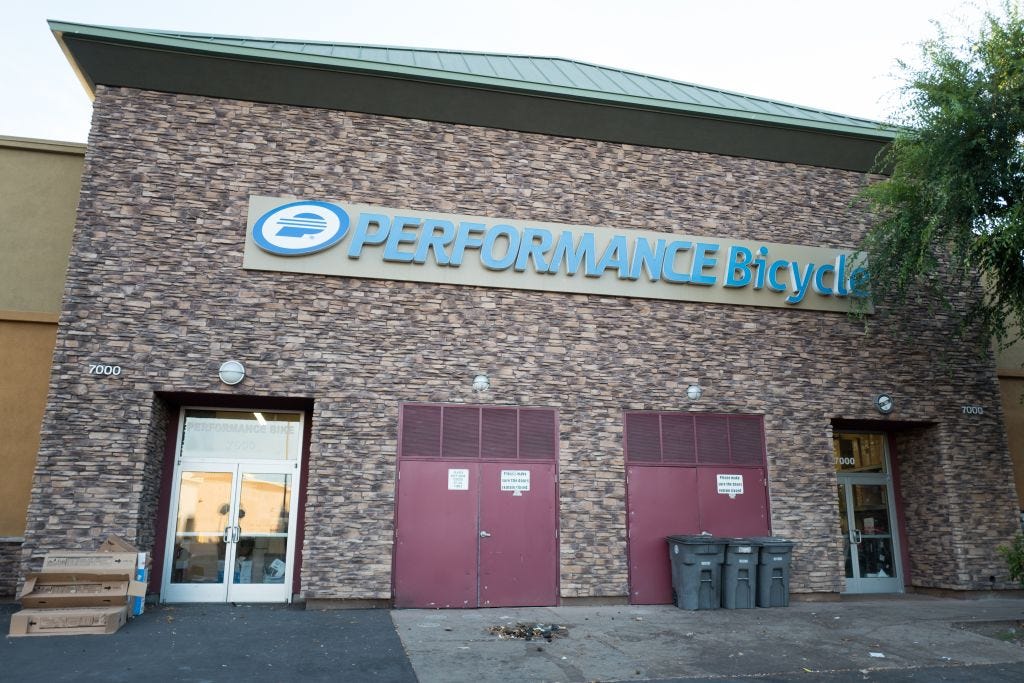Although it's only 80 kilometers from London, the land on which the town of Milton Keynes stands was mostly farms and woodland until the town designation order was made in 1967. Though equidistant from London, Cambridge, Oxford, Birmingham and Leicester, MK, as it's known in Britain, was never meant to be a suburb of any of those cities. Instead, it was planned as a hub, albeit a smaller one, in its own right. Since then, it's become one of the UK's technological incubators--which is somehow appropriate, given that some of the oldest Bronze Age tools were found when it was excavated.
Some people deride or even loathe it for its modern architecture and art. (The "concrete cows" are the butt of many jokes.) Other people love, or at least appreciate it, for the very same reasons. One thing that can't be denied is that some of it, especially the public art, won't be found anywhere else.
An example is this mural:
John Watson created it in 1978 and, with the help of students from the nearby Stantonbury School (now known as the Stantonbury International School), installed it on the side of a building in the Stantonbury retail centre.
Well, a retailer wants to destroy the retail centre. Aldi, based in Germany, has supermarkets all over Europe and in the eastern US. They want to demolish the building the tile mural adorns. The supermarket chain says, in its plans, that the mural could be "reprovided somewhere (nearby)". However, Ian Mitchie, chairman of Public Arts Trust Milton Keynes, is applying to Historic England to have the artwork listed. Moving it, he said, is almost certain to destroy it, as ceramic tiles don't take well to relocation.
Some people deride or even loathe it for its modern architecture and art. (The "concrete cows" are the butt of many jokes.) Other people love, or at least appreciate it, for the very same reasons. One thing that can't be denied is that some of it, especially the public art, won't be found anywhere else.
An example is this mural:
John Watson created it in 1978 and, with the help of students from the nearby Stantonbury School (now known as the Stantonbury International School), installed it on the side of a building in the Stantonbury retail centre.
Well, a retailer wants to destroy the retail centre. Aldi, based in Germany, has supermarkets all over Europe and in the eastern US. They want to demolish the building the tile mural adorns. The supermarket chain says, in its plans, that the mural could be "reprovided somewhere (nearby)". However, Ian Mitchie, chairman of Public Arts Trust Milton Keynes, is applying to Historic England to have the artwork listed. Moving it, he said, is almost certain to destroy it, as ceramic tiles don't take well to relocation.





















:brightness(10):contrast(5):no_upscale():format(webp)/459812063-56aa300f5f9b58b7d001bc89.jpg)


